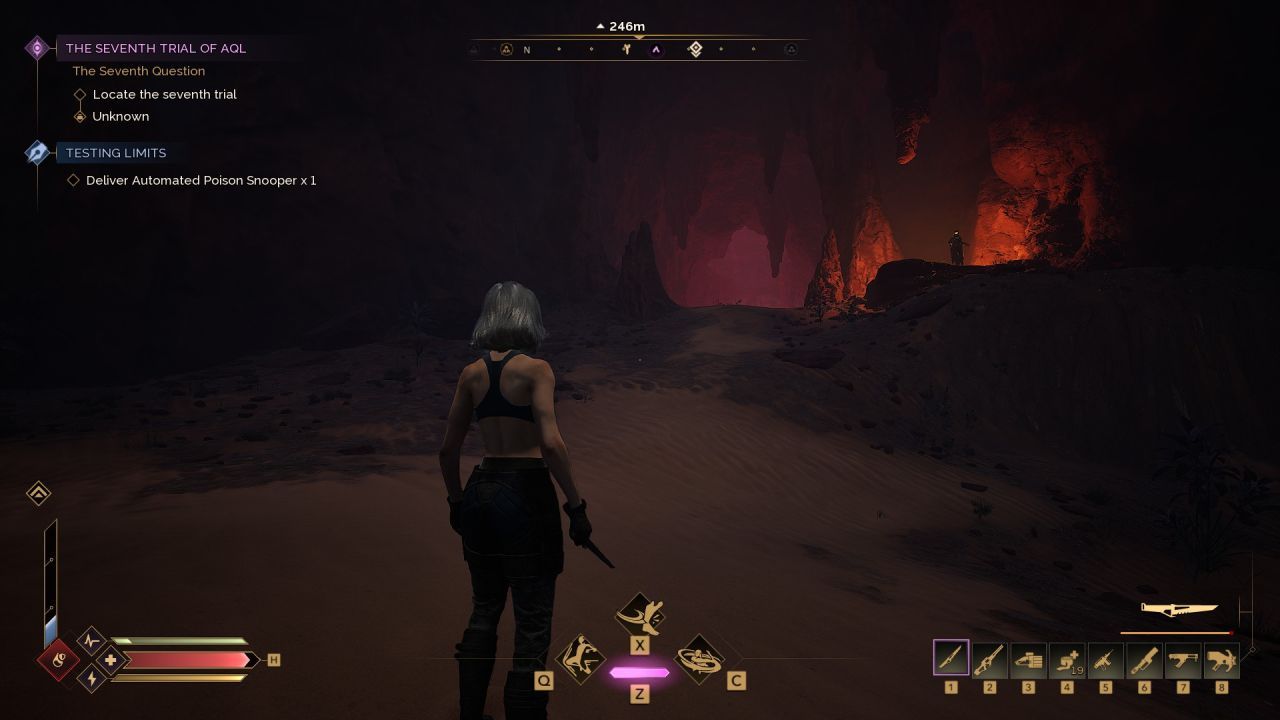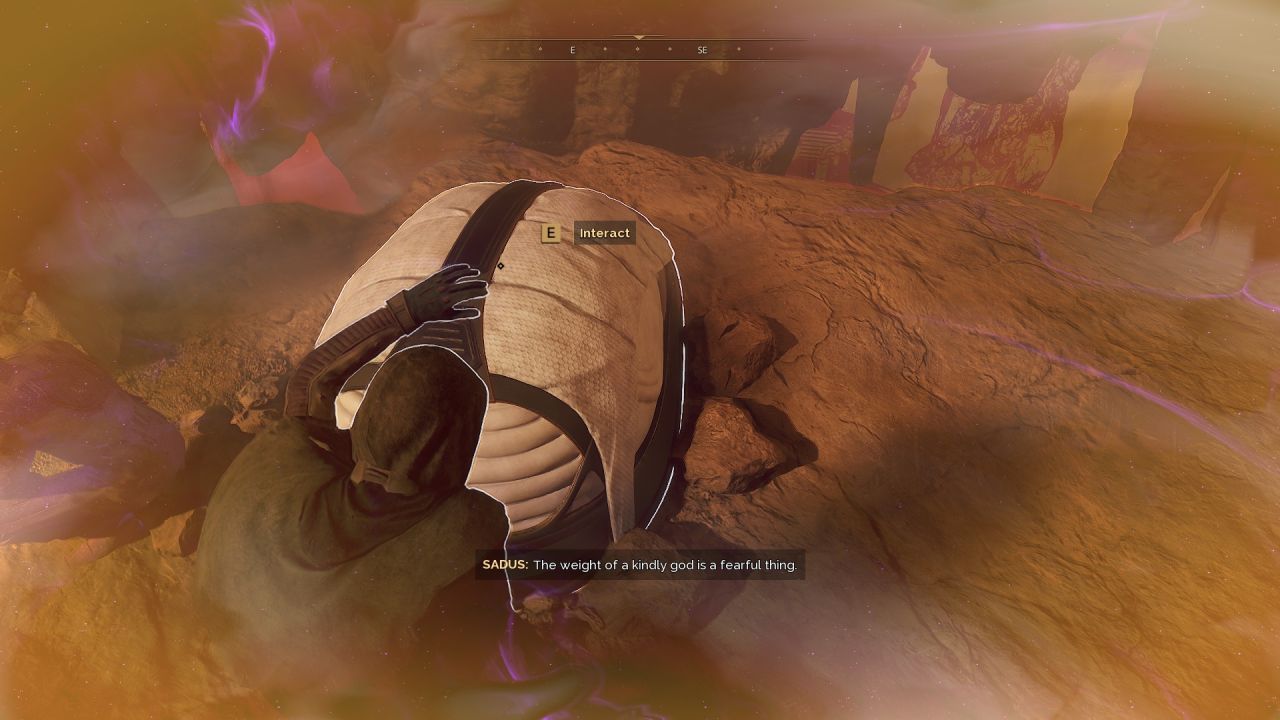Successfully navigating the Seventh Trial demands extensive vertical traversal and combat encounters. Prioritize gear preparation, and consider equipping a Suspensor Belt to mitigate lethal falls during ascents and descents.

Trial Starting Zone
Initiate your journey in the Haga Rift zone, a vast canyon area visible on your map’s northern edge. Target the Red Maw landmark for entry.
Descend carefully through the chasm, utilizing your Suspensor Belt’s anti-gravity capabilities for safe vertical progression. Patience proves essential due to the extreme depth.




Combat hostile forces at the base before approaching the objective. Deploy a Respawn Beacon strategically since vehicular access remains restricted in this zone.
A crimson illumination marks the Altar’s position beyond the initial skirmishes. Secure any available resources before advancing.




Engage with the Altar’s interface to activate the primary sequence.
Trial Progression Mechanics
The challenge initiates with instructional dialogue introducing Stilltent operations. Navigate environmental hazards while racing against the encroaching Sandstrom to reach shelter structures.
Timing becomes crucial when storm surges occur – failure to reach respite within the grace period results in resetting to checkpoints. Prioritize identifying tent placements during calm intervals.




Final progression triggers a cinematic sequence upon Altar interaction, confirming trial completion.
Post-Trial Advantages
Successful challengers gain blueprint access for constructing portable storm shelters, requiring specific material components. Egress strategies involve identifying elevation pathways rather than direct climbing where possible.
Adjust Beacon placements strategically when tackling high-risk vertical sections during your return to the surface. This precaution minimizes progress loss from potential missteps.

